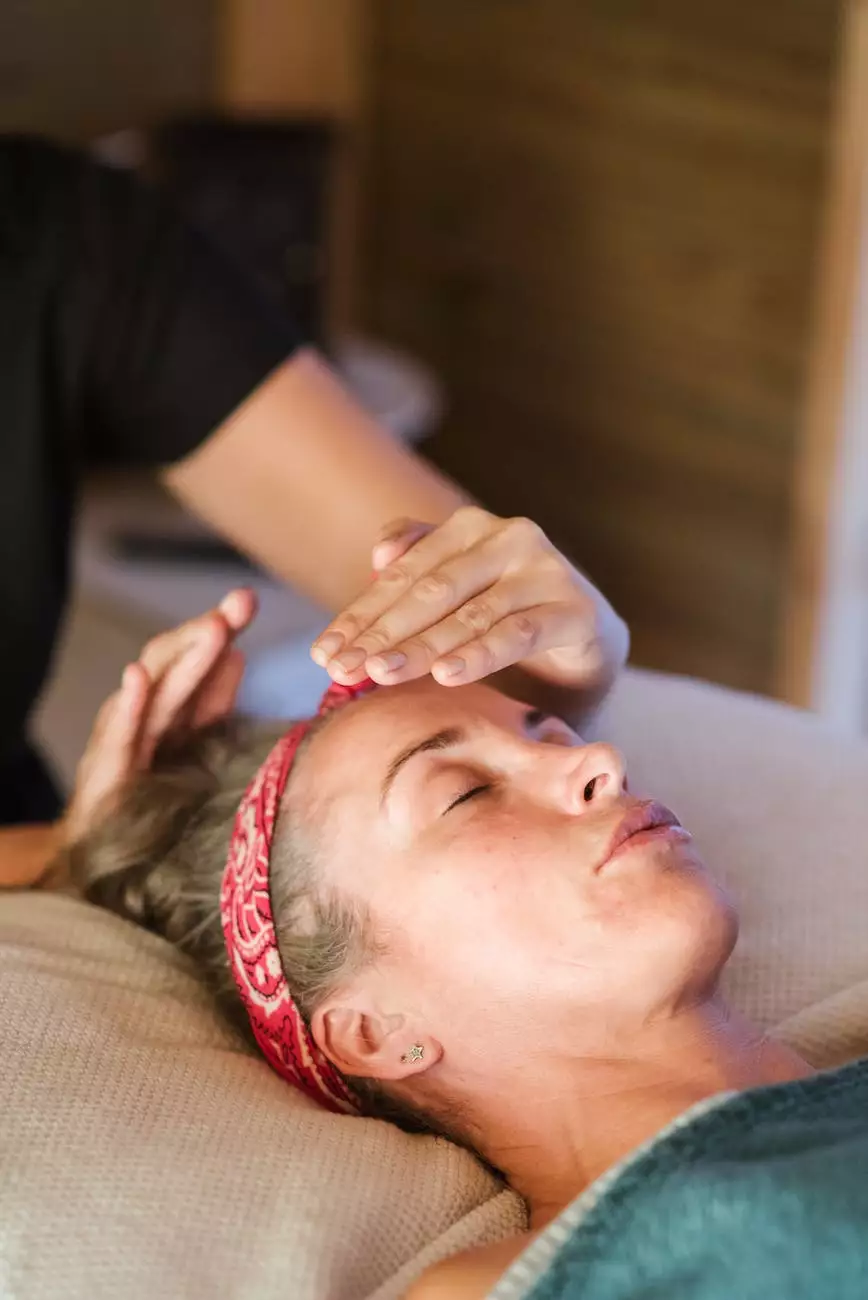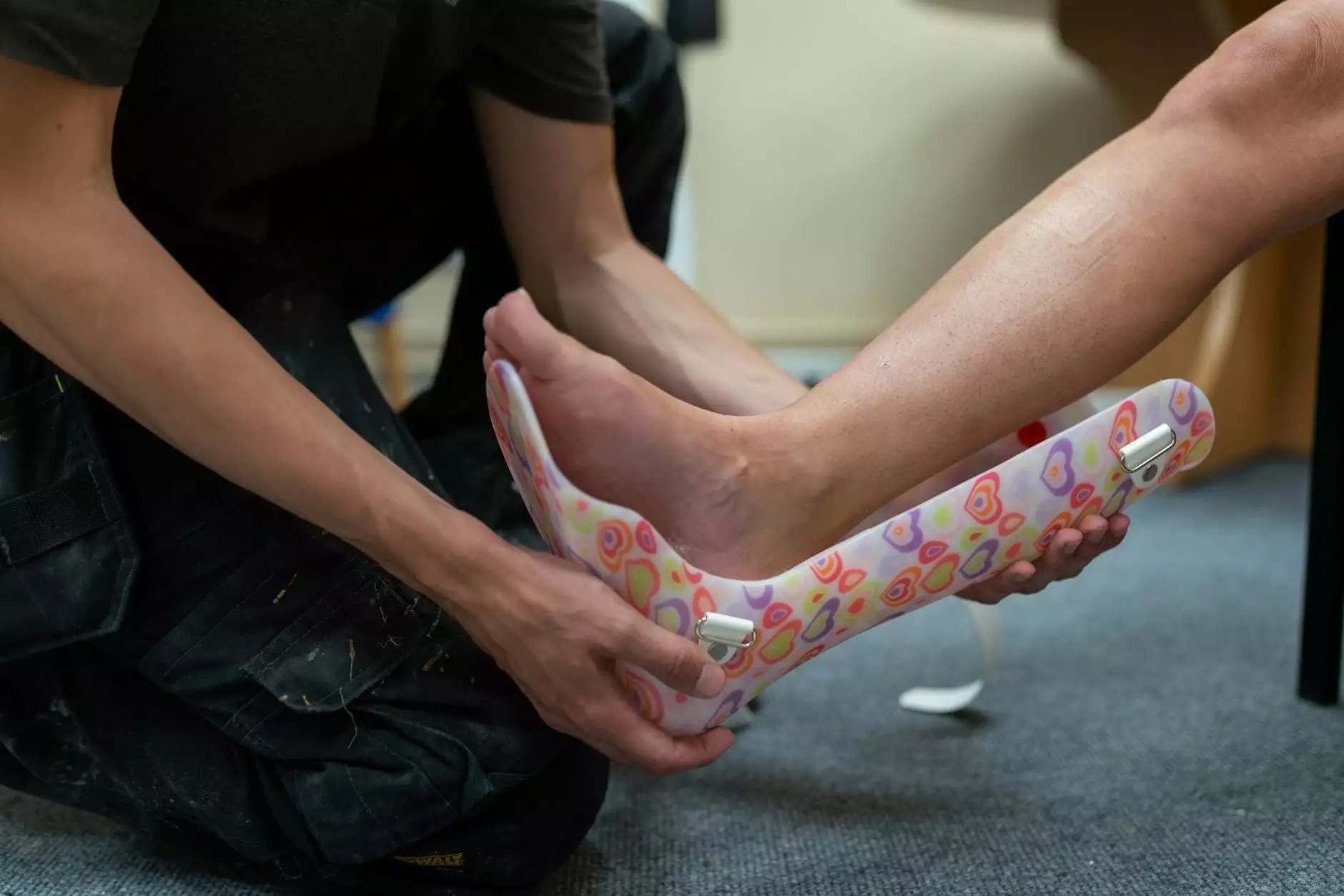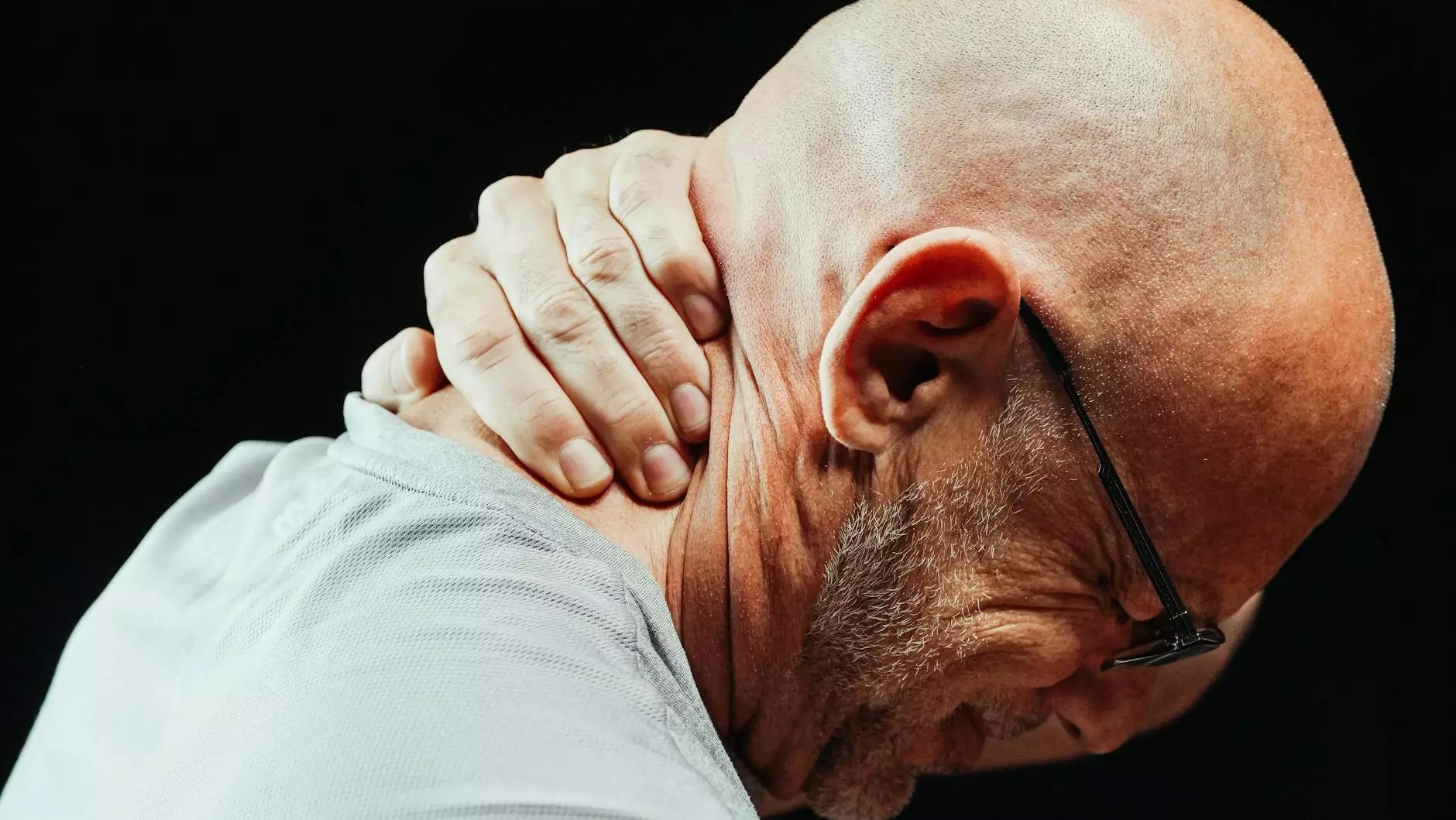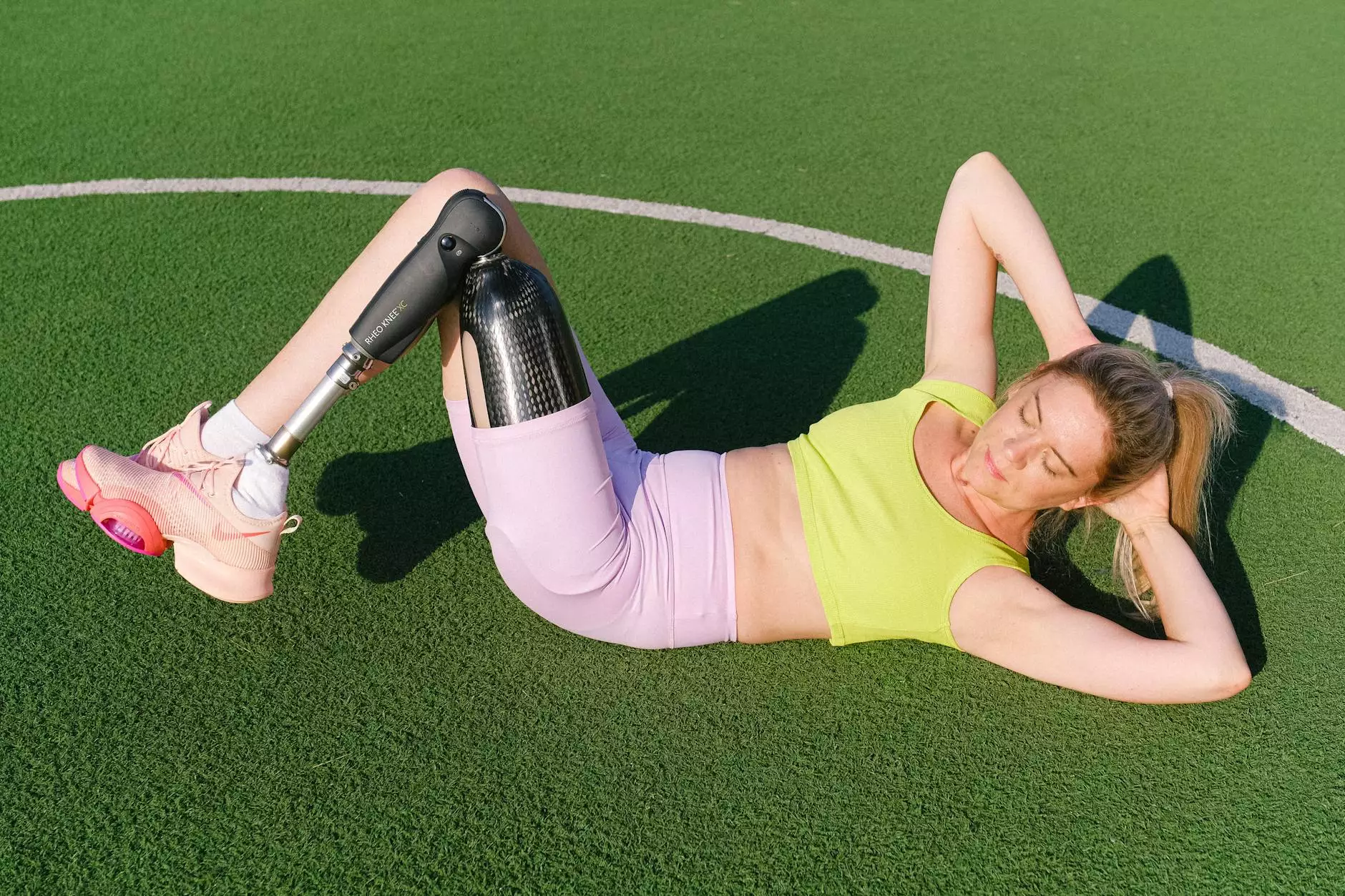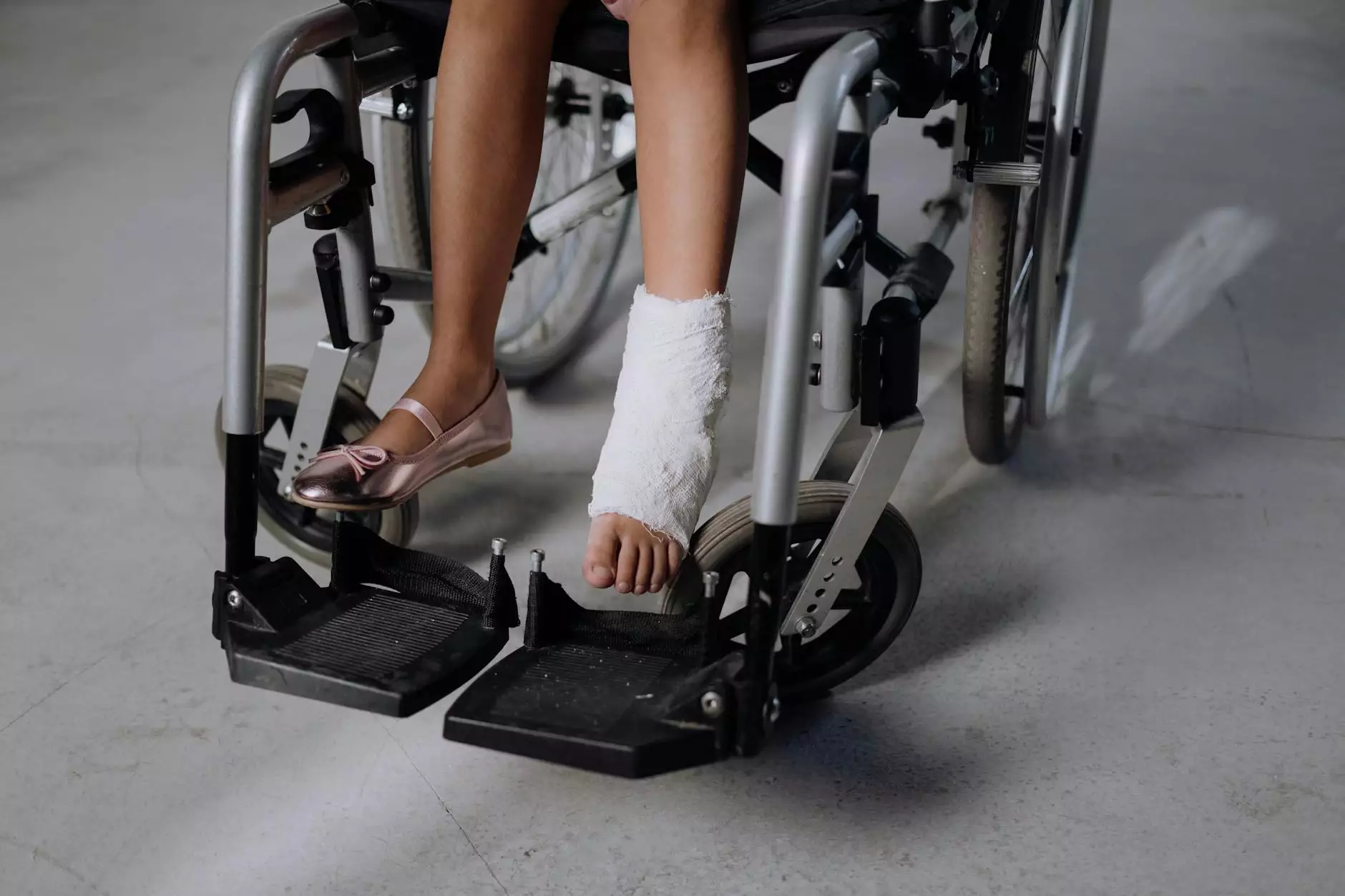Shrinkers

At Foley James D MD, we understand the importance of providing comprehensive information to our patients. In this patient education section, we will guide you through the topic of shrinkers, an essential component in post-amputation rehabilitation for patients recovering from lower limb amputations.
What are Shrinkers?
Shrinkers, also known as compression garments, are specialized garments designed to fit over the residual limb after an amputation surgery. These garments apply gentle pressure to the limb, helping to shape and compress the soft tissues, muscle, and skin.
The primary purpose of shrinkers is to reduce swelling, protect the residual limb, and promote proper healing. They are an integral part of the rehabilitation process, particularly during the early stages of recovery.
How do Shrinkers Work?
Shrinkers work by providing external compression to the residual limb. This compression helps improve blood circulation, reduce swelling, and prevent the formation of excessive scar tissue. Additionally, shrinkers help minimize post-operative pain and provide support to the remaining muscles and tissues.
These garments are typically made from a stretchable and breathable material such as nylon or Lycra. They are designed to conform to the shape of the residual limb, ensuring a snug but comfortable fit.
The Benefits of Using Shrinkers
The use of shrinkers offers several benefits for patients undergoing post-amputation rehabilitation:
- Promotes Healing: The compression provided by shrinkers helps improve blood circulation, which aids in the healing process.
- Reduces Swelling: Shrinkers effectively reduce swelling in the residual limb, which is common after amputation surgery.
- Prevents Contractures: By providing support and compression, shrinkers help prevent contractures (permanent shortening of muscles or joints) and maintain joint range of motion.
- Protects the Residual Limb: Shrinkers act as a barrier between the residual limb and any external factors, such as clothing or bedding, reducing the risk of injury or irritation.
- Improves Prosthetic Fitting: Regular use of shrinkers helps shape and prepare the residual limb for prosthetic fitting, ensuring a better fit and improved function.
How to Use Shrinkers
Proper usage of shrinkers plays a vital role in maximizing their benefits. Here are some guidelines for using shrinkers:
- Cleanliness: Ensure that the residual limb is clean and dry before putting on the shrinker. This helps prevent any potential infections.
- Proper Fit: Ensure that the shrinker fits snugly but comfortably. It should apply gentle and consistent pressure without feeling overly tight or loose.
- Wearing Duration: Initially, wear the shrinker for a few hours each day, gradually increasing the duration as advised by your healthcare provider.
- Skin Inspection: Regularly inspect the skin under the shrinker for any signs of irritation, redness, or pressure points. If any issues arise, consult your healthcare provider.
- Cleaning: Follow the manufacturer's instructions for cleaning the shrinker. Typically, it involves hand-washing with mild soap and cool water, followed by air-drying.
Conclusion
Shrinkers are an invaluable tool in post-amputation rehabilitation. Their use can significantly contribute to the healing process, reduce swelling, prevent contractures, and protect the residual limb. By following the guidelines for proper usage, patients can optimize the benefits of shrinkers and enhance the overall success of their rehabilitation journey.
At Foley James D MD, we prioritize patient education and strive to provide the most comprehensive information regarding all aspects of your healthcare journey. If you have any questions or concerns regarding shrinkers or any other post-amputation rehabilitation topic, please don't hesitate to reach out to our knowledgeable team.


